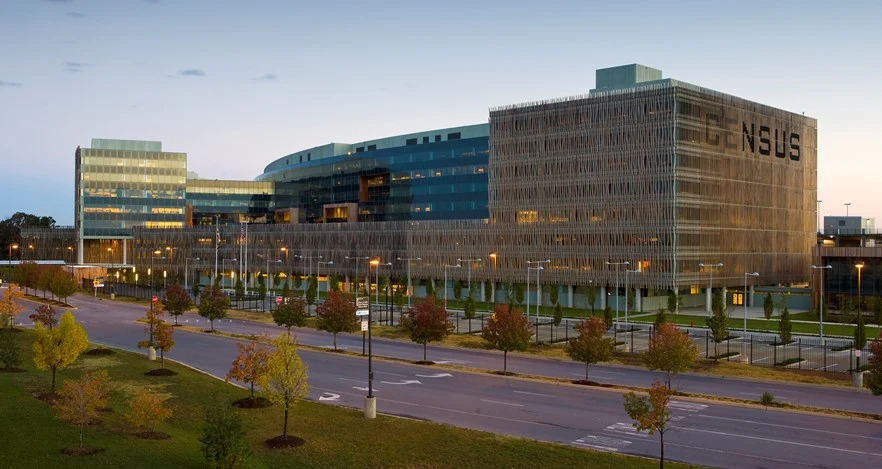Have a story idea
Have a story idea? Send it to us here.

Source : Skanska
October 11, 2024
Author : Patty Allen
Government-backed projects are providing significant support to construction spending, even though many have not yet started due to delays in permitting and regulatory approvals, as highlighted by a recent report from the Associated General Contractors of America (AGC).
Ken Simonson, the AGC’s chief economist, noted that while the federal government has allocated funds for thousands of construction projects, most have not yet progressed to the contract phase, let alone actual construction. However, Simonson emphasized the potential for growth, particularly in infrastructure and power projects, although the exact timeline remains uncertain.
According to the U.S. Census Bureau data, spending increased in ten of the sixteen nonresidential construction categories, reflecting a diverse growth pattern across sectors. For instance, highway and street construction projects saw a nearly 1% rise in August, reaching a total of $142.34 billion.
Manufacturing construction also continued to lead the charge, with a slight monthly uptick of 0.1%, pushing total spending in that sector to $238.26 billion.
The contrast between private and public construction spending is striking, with private nonresidential spending declining by 0.1% in August, while public nonresidential spending rose by 0.3%. This divide underscores the broader economic challenges facing the private sector, including tighter credit conditions and persistent inflationary pressures. Over the past year, public nonresidential spending jumped by nearly 8%, while private spending grew by a more modest 3.6%.
Simonson’s outlook is shared by other industry experts, such as Anirban Basu, who pointed to the impact of ongoing economic uncertainty on privately funded construction projects. He noted that the Associated Builders and Contractors’ (ABC) Construction Backlog Indicator, a measure of future construction activity, has dropped by one month over the past year.
Basu remains optimistic that falling interest rates will eventually provide a much-needed boost to private construction projects, though he cautioned that it could take several quarters for these changes to fully materialize.
Public construction spending continues to be a bright spot, with total spending rising by 7.8% year-over-year, according to the AGC’s analysis. While public construction inched up 0.3% in August, the overall rise was driven by increases in highway, street, and infrastructure projects.
For example, highway and street construction jumped by 1.1%, reflecting the growing demand for public infrastructure improvements. However, other categories, such as education and transportation construction, remained flat or declined slightly.
The AGC’s report also highlighted challenges in the residential construction sector. Private residential spending fell by 0.3% in August, though it remained 2.7% higher than the previous year. Single-family homebuilding dropped by 1.5% for the month but saw a modest 0.8% increase compared to August 2023. Multifamily construction, however, has been experiencing a consistent decline, dropping for the eighth consecutive month and falling 7.5% year-over-year.
In response to these trends, AGC officials urged the federal government to accelerate the approval processes for construction projects. Delays caused by environmental permitting and confusion over new Buy America regulations have prevented many federally funded projects from breaking ground.
Jeffrey D. Shoaf, AGC’s CEO, called for the Biden administration to streamline permitting reviews and allow more flexibility in waiving Buy America requirements, which mandate the use of U.S.-made products in federally funded infrastructure projects. “Construction spending levels would likely be higher if the federal government could get out of its own way and allow projects to move forward,” Shoaf said.
While the construction industry continues to face headwinds, particularly in the private sector, the potential for growth driven by government-funded projects remains strong. As federally funded infrastructure and power projects get underway, these initiatives are expected to help buoy the sector, providing a much-needed boost as the U.S. economy navigates the challenges of inflation, rising interest rates, and tighter credit conditions.
Category : Federal Government Investment in Infrastructure Market Watch Material Costs
